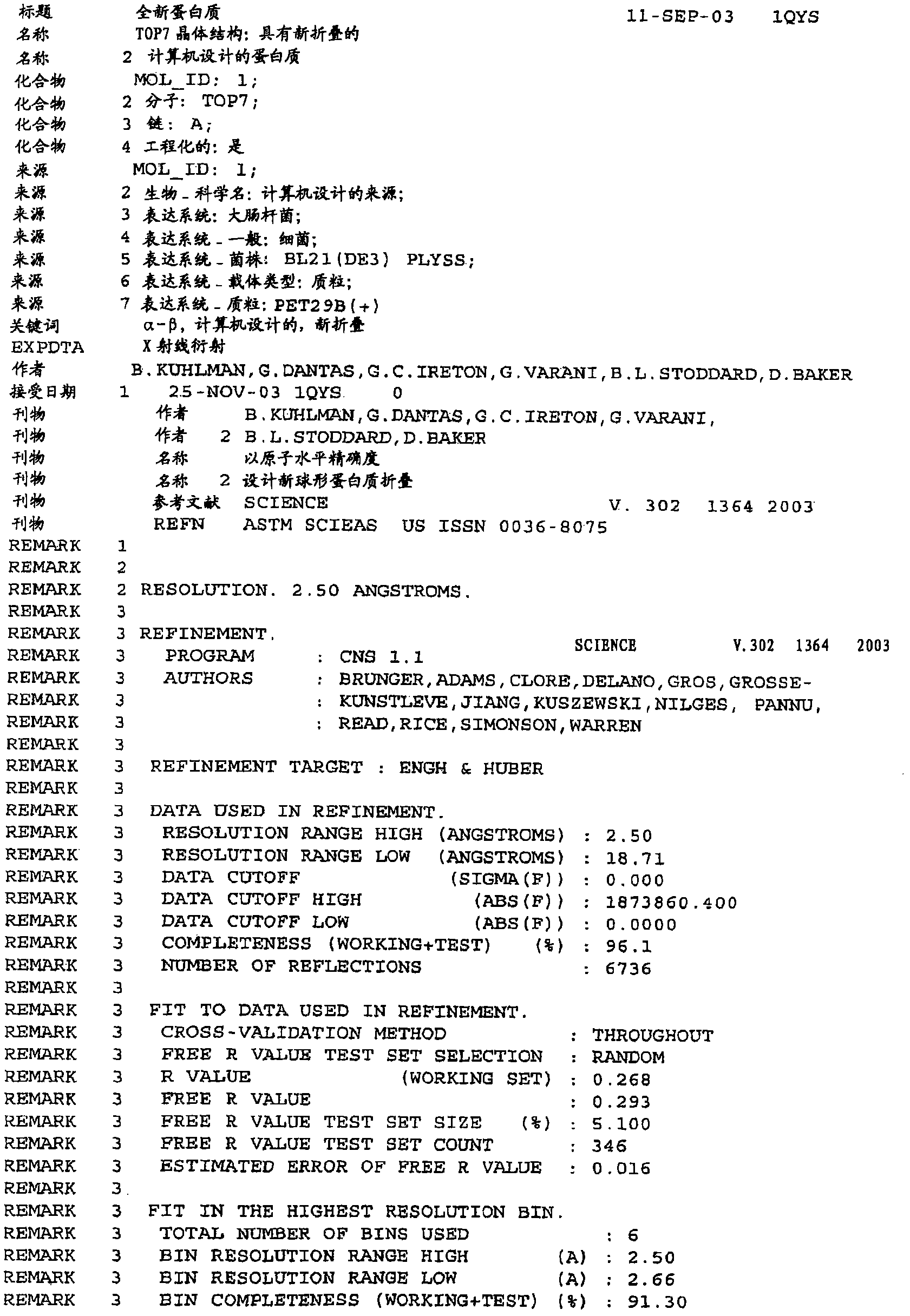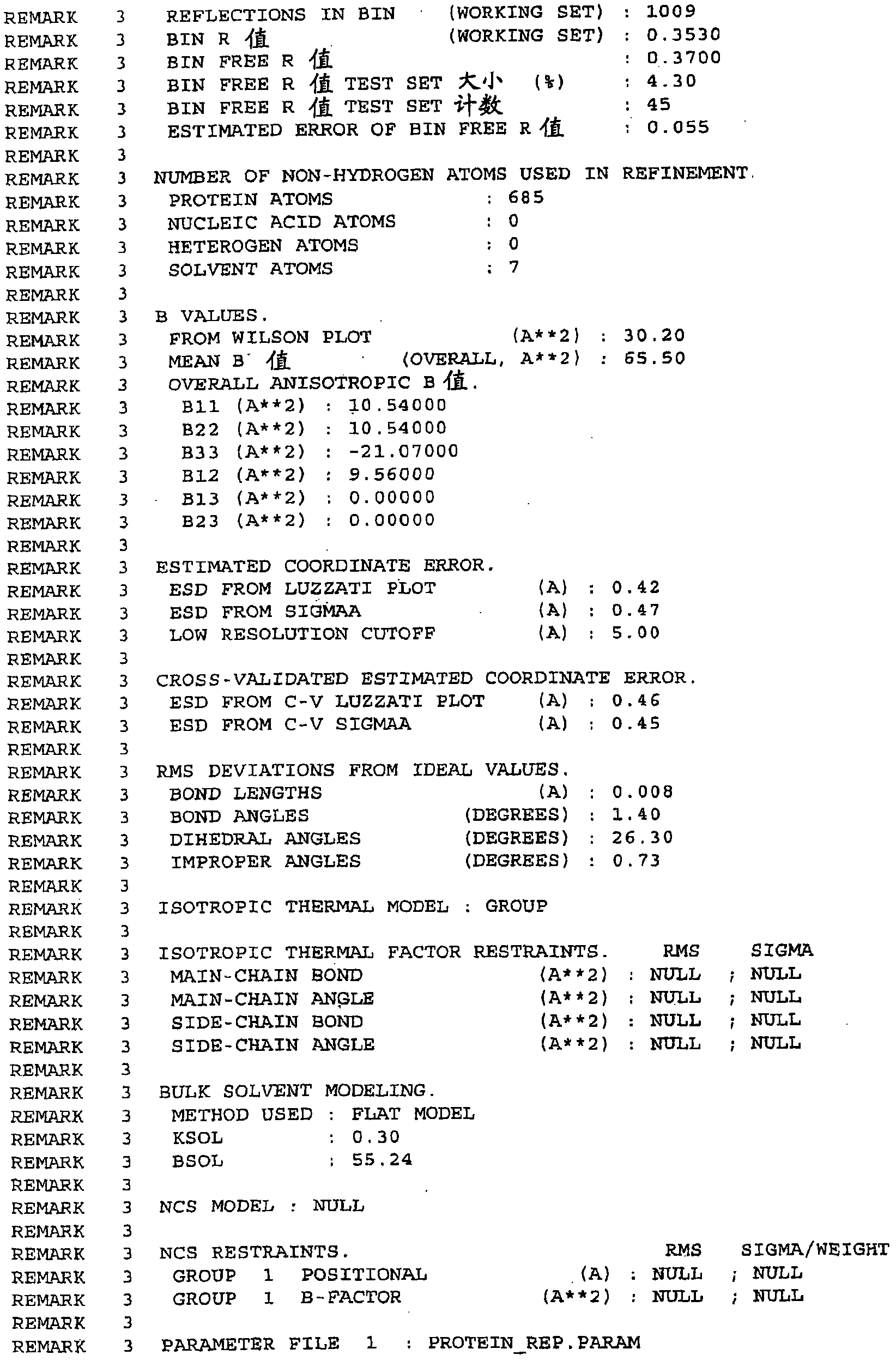Artificial protein scaffolds
A protein and fusion protein technology, applied in the field of artificial protein scaffolds, can solve problems such as interference with scaffold function
- Summary
- Abstract
- Description
- Claims
- Application Information
AI Technical Summary
Problems solved by technology
Method used
Image
Examples
Embodiment 1
[0140] Example 1. Thermodynamic properties of scaffolds with peptide insertions
[0141] To confirm that RD1.3 is suitable as a scaffold containing large random peptide loops, loops 12, 34 and 56 were each replaced with eight glycines. These were chosen because glycine is the most damaging of all amino acids from a backbone entropy standpoint - if the protein has 8 glycines and is still folded and stable, then most other reasonably soluble random sequences The protein should also fold. Another sequence - a 15 amino acid loop "S-peptide" - was also inserted into the RD1.3 protein, alone and in combination with a glycine loop. The S-peptide is the part of the RNase-S enzyme that is known to bind to and complete the truncated enzyme, thereby restoring function. With this peptide as a loop insert, binding and enzymatic assays can be provided to demonstrate the ability of RD1.3 to display useful loops. Figure 8 The respective amino acid sequences of these test proteins are sh...
Embodiment 2
[0143] Example 2. Designed scaffold
[0144] A variety of proteins related to Top7 were designed to be used as protein scaffolds. The amino acid sequence of the protein is Figure 9 Alignments shown are described. as in Figure 9 As evident in , insertions in each of loops 12, 23, 34, 45, 56 and 67 were successfully engineered with or without point mutations at multiple positions throughout the scaffold. These proteins are expected to be at least 50% identical, at least 60% identical, at least 70% identical, at least 80% identical to one or more of these proteins or to the alpha-helices and beta-strands of one or more of these proteins Other related proteins that are identical, at least 90% identical, or at least 95% identical can be used as scaffolds and as the basis for protein libraries incorporating one or more heterologous sequences (as described in this application).
Embodiment 3
[0145] Example 3. Design and Synthesis of Exemplary Library RD1Lib1
[0146] To construct a library of genes with variable peptide loops, the following techniques were employed. First, a set of amino acids and a frequency distribution are selected as shown in the table below.
[0147] amino acid
percentage
Tyr
25
Ser
17
Leu
10
Ala
10
[0148] Asn
10
Gly
5
Ile
5
Asp
5
Arg
5
Pro
5
Trp
3
[0149] In this particular library construction, only 11 amino acids were selected. It will be apparent to those skilled in the art of protein engineering that various amino acids and distributions can be used. It is often useful to avoid the use of cysteine and selenocysteine, since cysteine can lead to undesired disulfide bond formation, and selenocysteine is blocked by UGA codons (which can also be interpreted as codes for...
PUM
 Login to View More
Login to View More Abstract
Description
Claims
Application Information
 Login to View More
Login to View More - R&D
- Intellectual Property
- Life Sciences
- Materials
- Tech Scout
- Unparalleled Data Quality
- Higher Quality Content
- 60% Fewer Hallucinations
Browse by: Latest US Patents, China's latest patents, Technical Efficacy Thesaurus, Application Domain, Technology Topic, Popular Technical Reports.
© 2025 PatSnap. All rights reserved.Legal|Privacy policy|Modern Slavery Act Transparency Statement|Sitemap|About US| Contact US: help@patsnap.com



